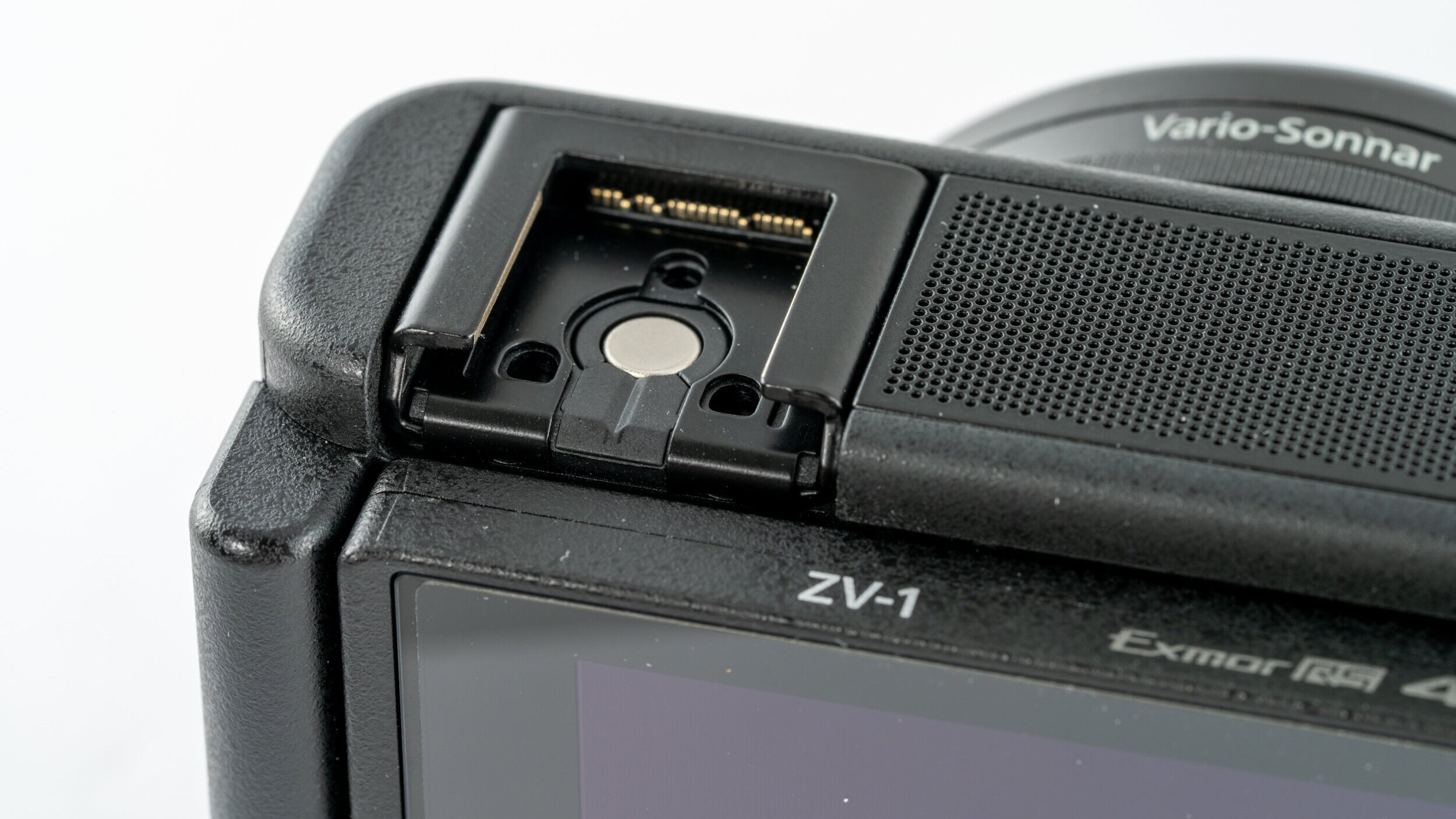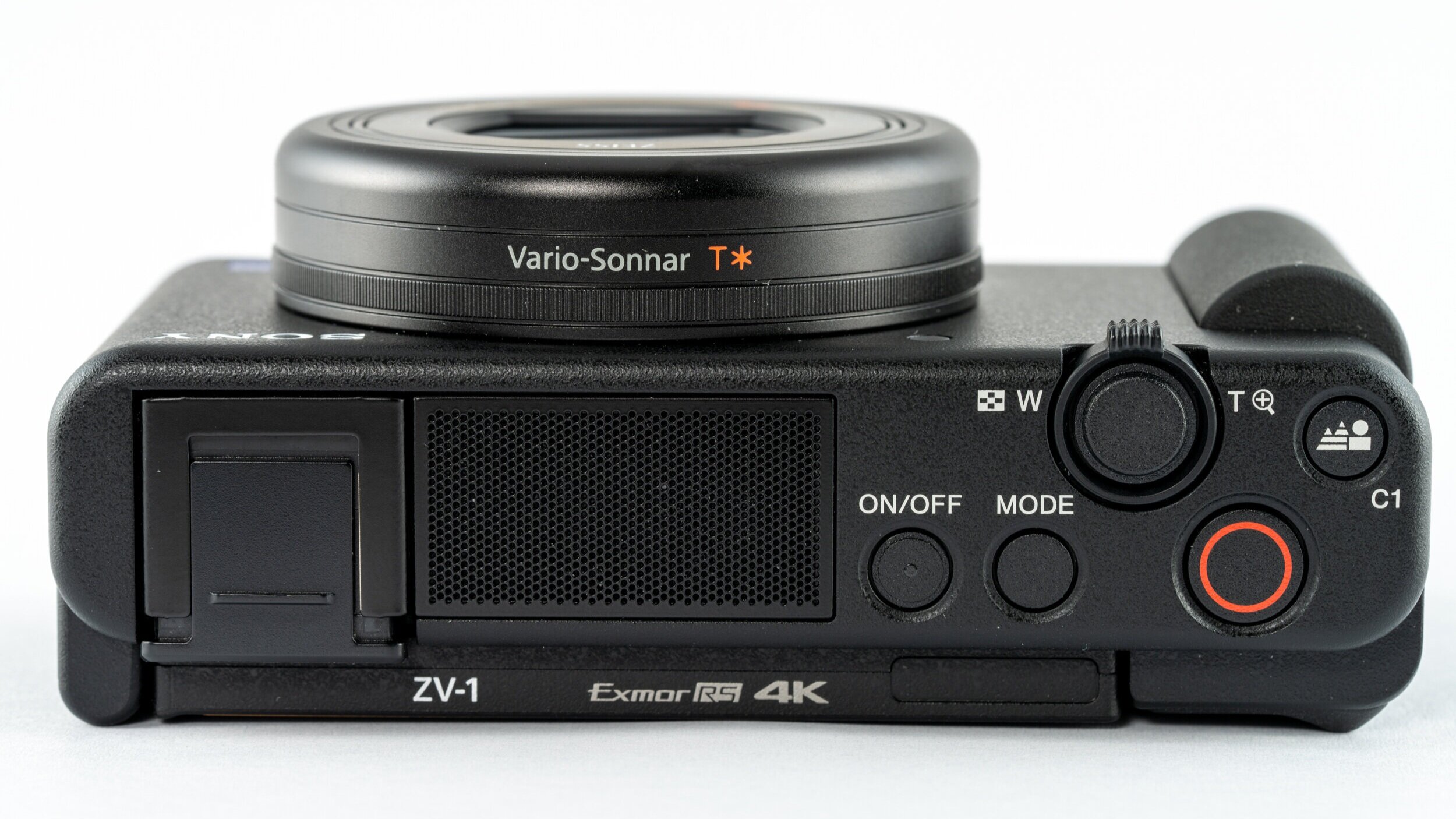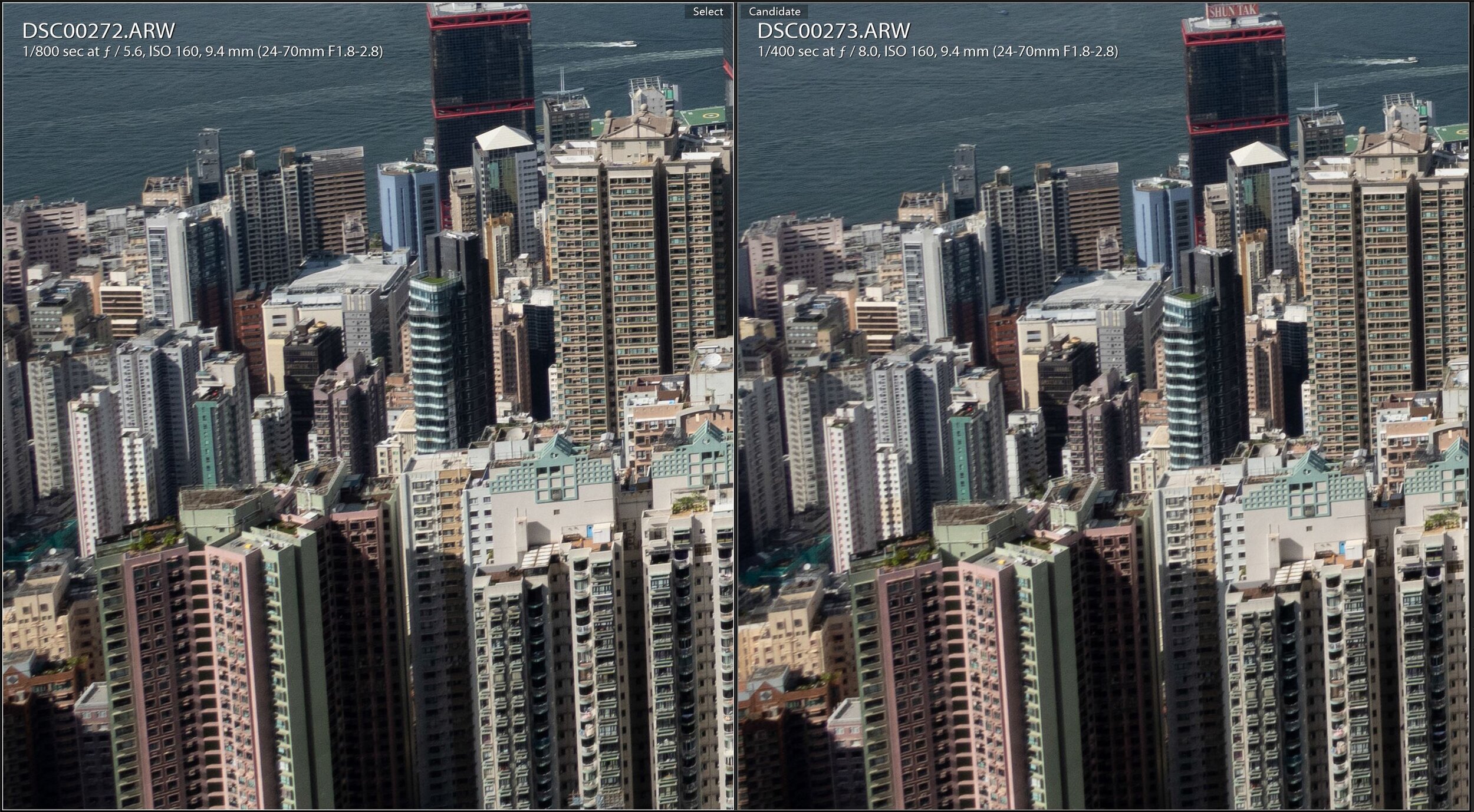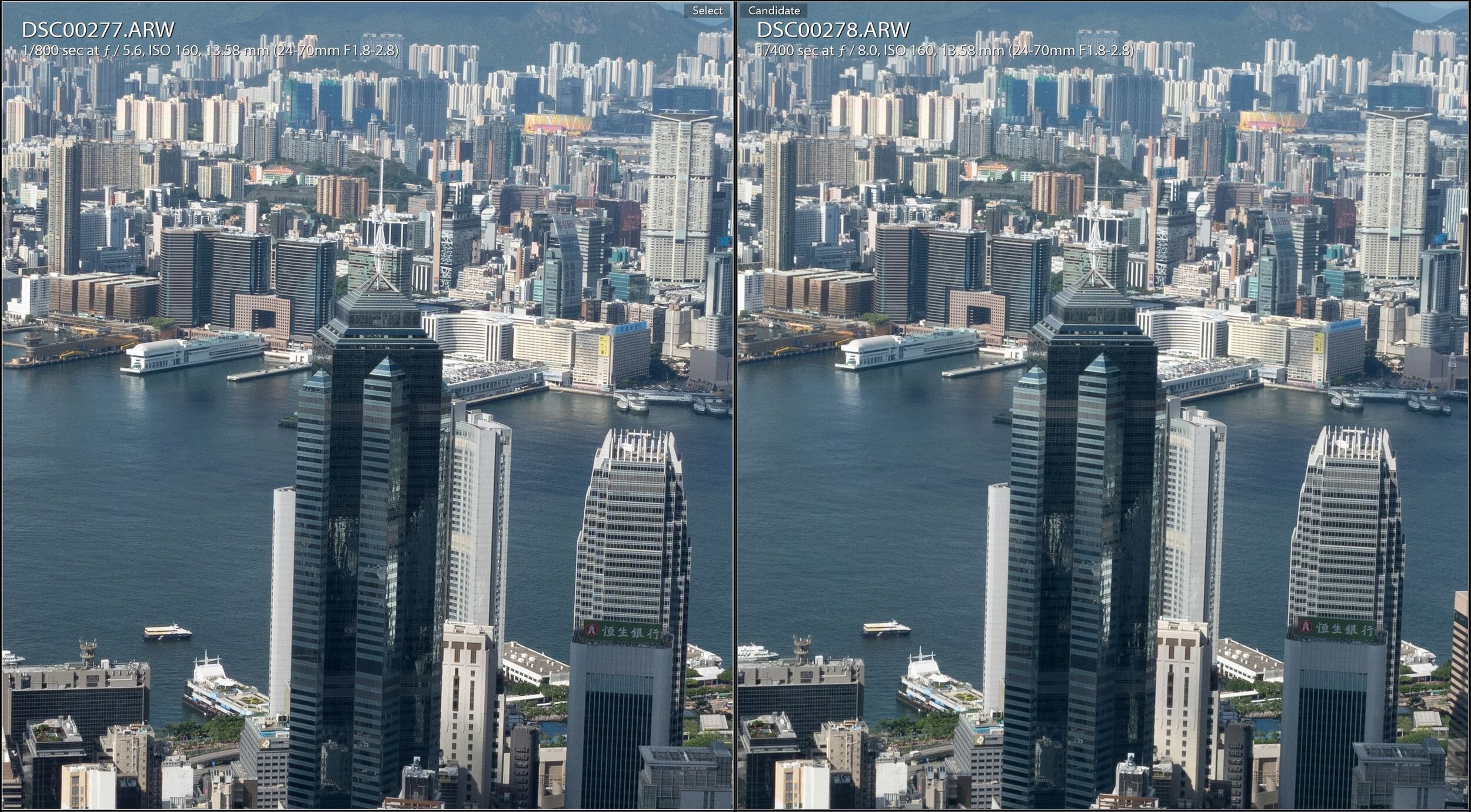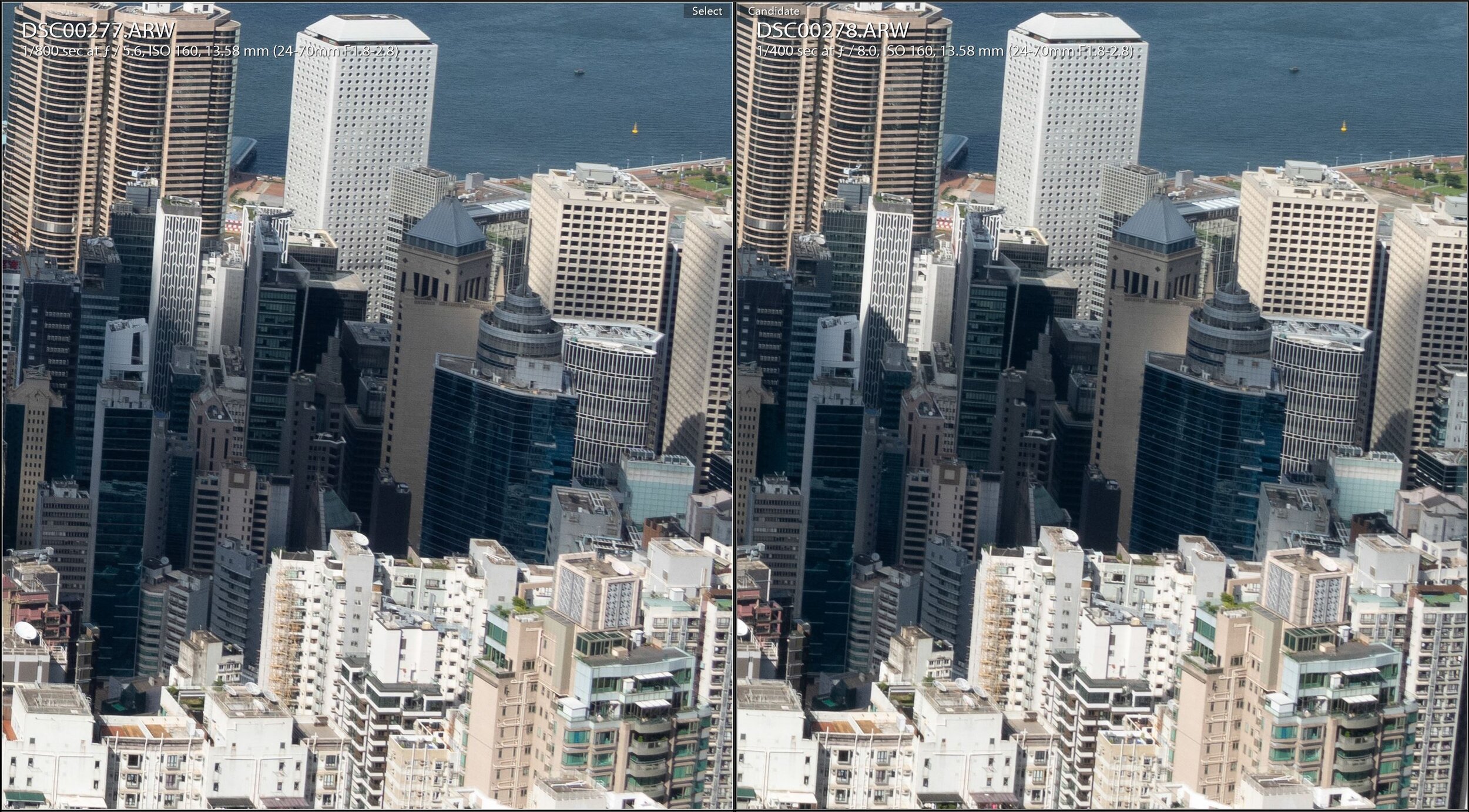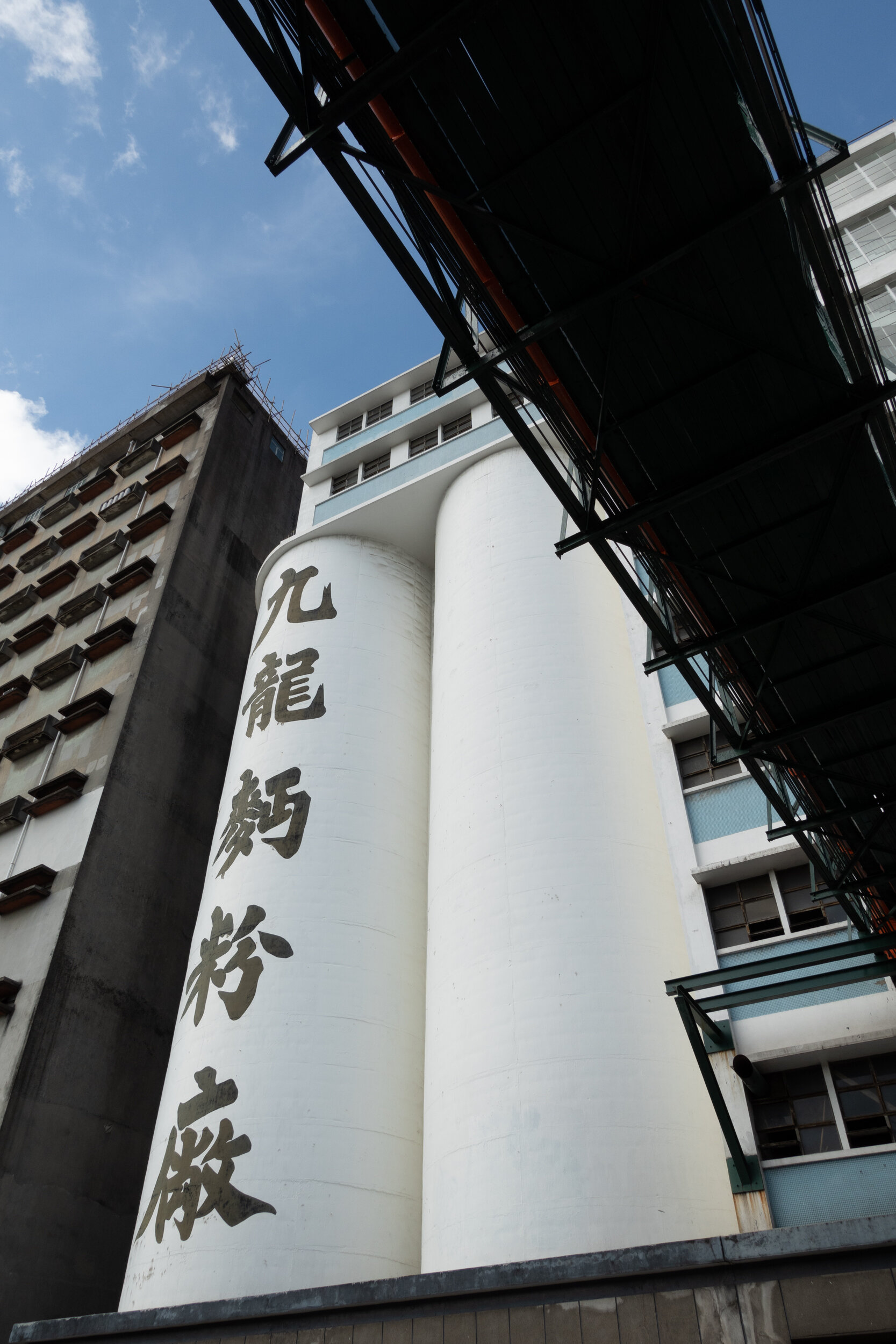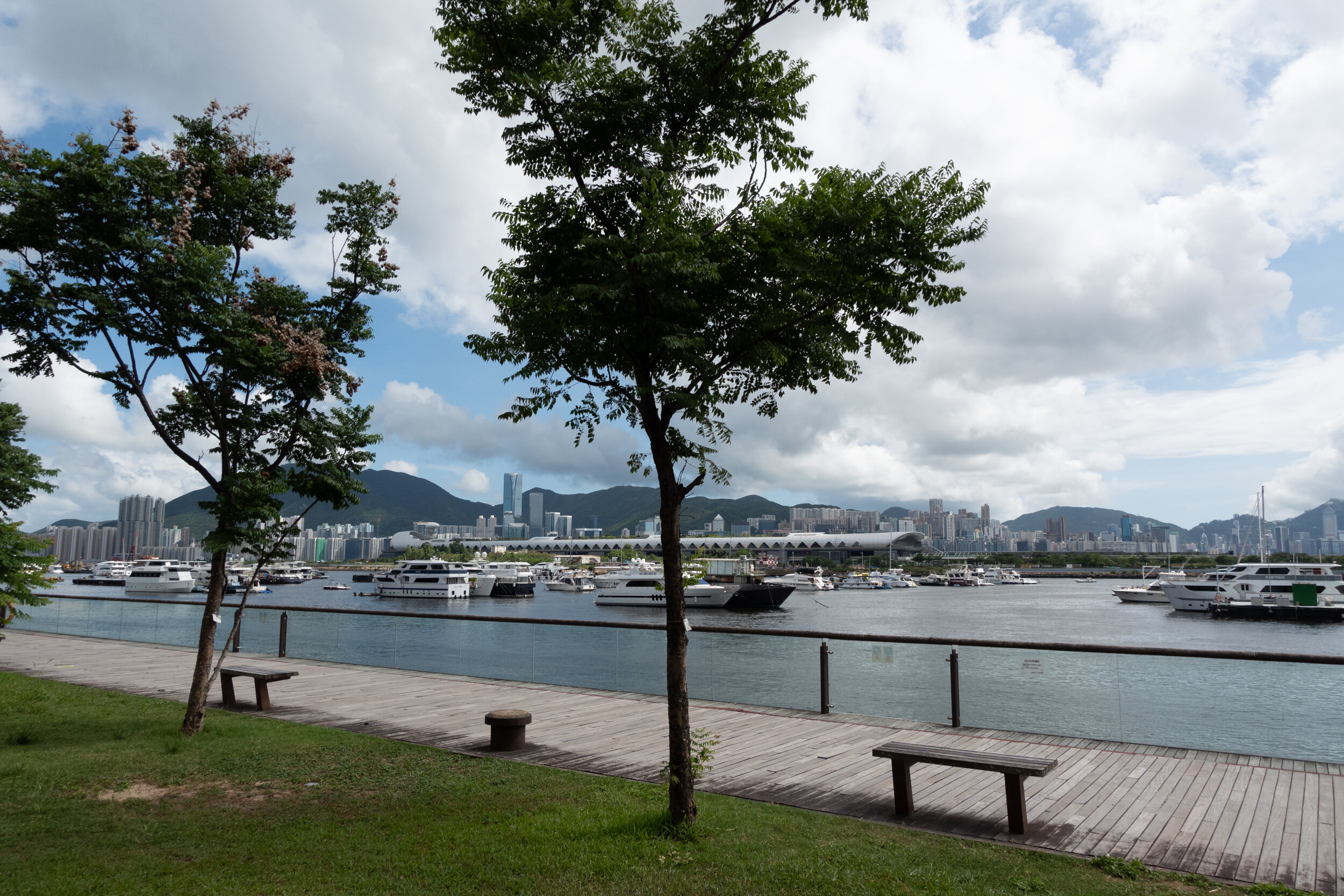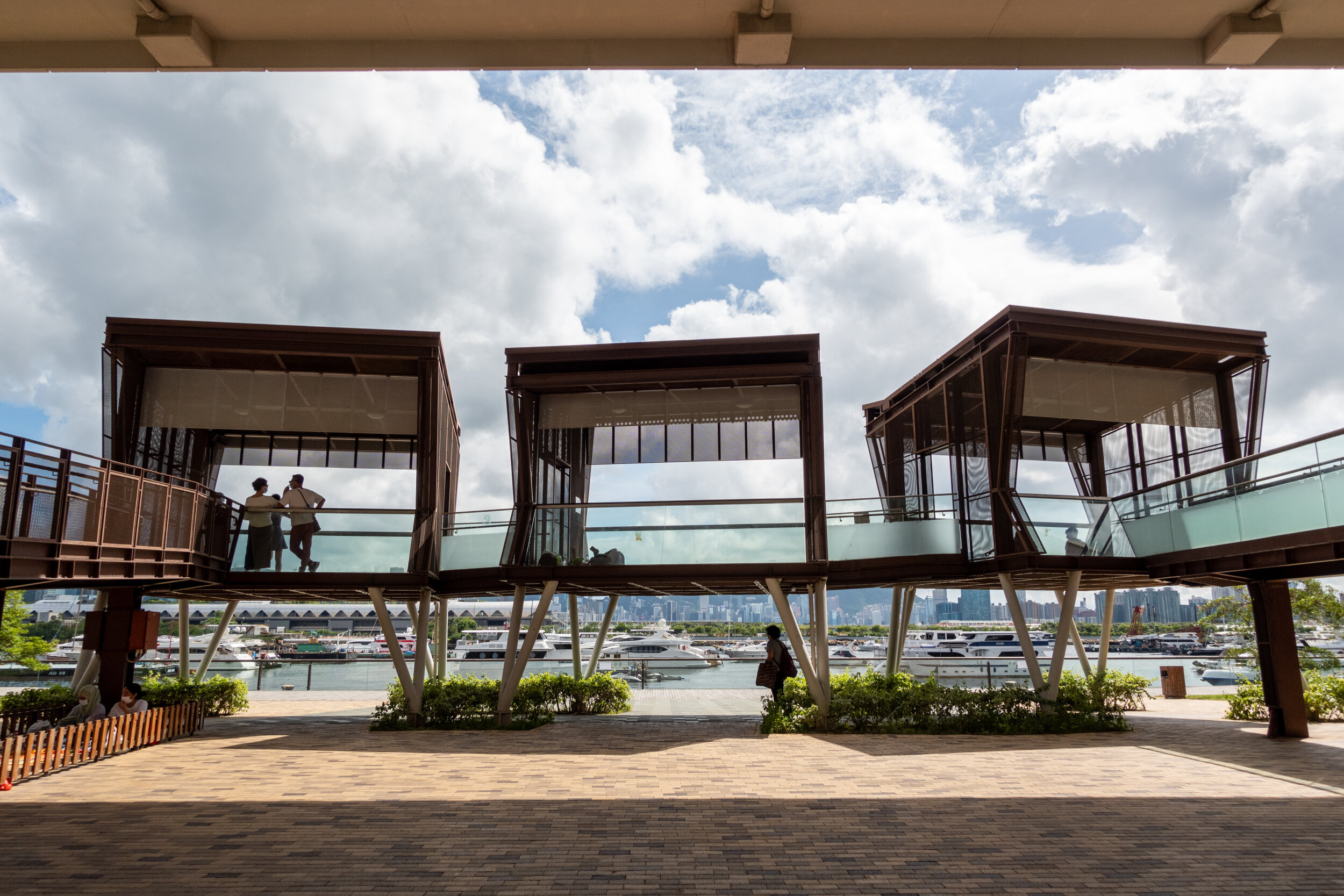Sony ZV-1 VLOG Camera Review
ZV-1
Sony ZV-1 Camera (ZV-1)
Announced- May 2020, $800 USD
Pro
Articulating Screen/Hot Shoes
Great Autofocus
User Friendly VLog Features
Con
No EVF
Micro USB, not type C
Limited Control Dial
Could use a wider lens for VLog
I bought the ZV-1 at launch because I wanted to get more into shooting more videos. I have enjoyed the RX-100 series before with the small size and great image quality. The new flip screen, new hot shoes mount, and paired with the old RX-100 V lens makes it an interesting option. I will go how the ZV-1 in both still and video sides.
What’s included
There are just 2 accessories inlcuded, micro USB cable, and the dead cat wind shield.
Body
The plastic body is 105.5mm wide x 43.5mm thick x 60mm tall, weight at 294g. It is a plastic construction, and there is a grip on the right side of the body. The build quality is quite nice and light, feel sturdy without much flex.
The biggest change compared to the previous Sony camera is the new 7.5 cm articulating screen, which is a first for Sony RX and Alpha series. The screen can flip forward at 176 deg, and rotate upward and downward at about 270 deg. The screen is 921600 dots, so about 640 x 480 resolution.
There is also a hot shoes on the top left, which replaced the pop-up EVF that was previously in the RX100 cameras. This can be used for audio accessories, and flash. This is a welcoming change for video shooter to allow easy selfies.
The mash in the middle houses the three-capsule mic, which replaced the pop-up flash on the RX100. The mode dial has been replaced with a big red record and mode buttons. The C1 on the right is the background defocus button. These changes are clearly for video shooters.
Right side of the body has all the I/O ports covered by flippy flaps. These flaps are quite hard to open due to their small size, and a dangling mess after opened. I would much prefer doors like the A7R4. There is the mic jack on the top, MicroUSB, then Micro HDMI at the bottom. It is annoying to still have Micro USB here, with other consumer electronic devices are already USB C.
There is limited amount of control points on the body with only 5 buttons and control wheel at the back. Unlike the RX100, there is no control ring on the lens, so only 1 rotating control on the ZV-1. It requires diving into the menu to make exposure changes. Luckily, there is the FN button to bring up the quick function bar.
At the bottom, you will find the battery cover. It is very close to the tripod socket, and impossible to open if you have anything installed there. Under the cover, there is the NP-BX1, and the single UHS-I SD card slot.
Sensor
ZV-1 uses a 1.0” type 20.1 Megapixels Exmor RS CMOS sensor with BIONZ X processor with Phase Detect Autofocus. It captures a 5472 x 3678 still image. As for video, it records maximum of 100M 4k30p at 8 bit (4:2:0) or HFR at 50M 1080p 1000fps.
Lens
It has a similar lens as the RX100 V/VA. Focal length is 9.4-25.7mm with a f/1.8 to f/2.8 aperture, therefore equivalent to a 24-70mm f/4 to f/8 full frame lens. The maximum aperture is at follow:
24mm = f/1.8
28mm = f/2.5
35mm = f/2.8
Minimum focal distance is at 5 cm for the wide end, and 30 cm at the telephoto end. The lens also include a 3 stop ND filter that is useful to control the shutter angle for video, or could be used for long exposure for stills.
Image Quality
First lets look at wide end at 24mm. The centre is quite sharp already wide open, gets better at f/2.8, then soften up at f/8. Corner is quite soft across the range, and best at f/4.
Next at 35mm, the center is sharp wide open, and get a little better at f/4. Corner is a bit soft, and best at f/5.6.
At 50mm, the center is a little soft at f/2.8 with some purple fringing going on. It gets much better at f/4. Corner is better than at the wide end, but still soft at f/2.8, and is good at f/4.
Finally 70mm. The center is sharp with a bit of purple fringing, and the issue is gone at f/4. Corner is already sharp wide open.
Still Shooting Experience
It is quite nice to carry such a light and compact body compared to a full frame camera. The grip is useful, and provides more confidence when handling the camera. The flip out screen is nice to compose at various angle. However, glare is an issue under the sun. The reduced numbers of control dials/button slows down the process as I often has to go to function bar to change settings. The Eye AF and continuous tracking works great. It is not as sticky as the A7 series, but provide good result and easy to use. Background defocus function works great in still as well, and is useful in program mode to blur out the background without having to switch to aperture mode.
There are a few annoyances with the ZV-1. The zoom toggle is hard to trigger to get the exact framing you want. It either goes too much or too little. The biggest problem is the blurry pictures. The ZV-1 light weight body with no EVF, which makes it a unstable shooting platform. Holding the camera at arm’s length is shaky, and have to be careful when pressing the shutter button.
Video Shooting Experience
The ZV-1 shoots 4k 30p 8 bit video. It has different picture profile, such as HLG, SLOG2 and SLOG3. All the advertise video functions work well. I have tested them all on my YouTube Cantonese channel. Out of all the new features, I find the product showcase mode most interesting. It automatically focus on closest subject in the center of the frame even if Eye-AF is on.
Active steady shot stabilization uses the gyroscopic data, which crop in the image a bit. The alternative way to use the metadata is to use Sony’s Catalyst Browse software in post. From my experience (My Comparison Video Here), the result is better than pure software solution like in Resolve. However, it is not a substitute for a proper Gimbal, especially you can pair the ZV-1 with the tiny Zhiyun M2 gimbal. The new mic setup with the DeadCat windshield is an improvement compared to typical built in mic in cameras. However, it really is not the same level as a separate shotgun or LAV mic. I have used Rode Wireless Go for the small size and easy to use wireless lav mic system.
I am not a pro videographer, so I really enjoy ZV-1 trusty auto focus and the selfie screen. The selfie screen makes framing the video much easier than the previous tilting screen. The lens at 24mm is a bit too tight at times, and it would be better with a 20-50mm lens. A wider lens would be much more useful for vlogging. The battery life is acceptable, and luckily it can be charged with Power Bank via micro USB. A weird issue is that the exposure/white balance seems to shift randomly. I was under the same setting/lighting condition, one video would be normal then the next would be too warm. This happened a couple of times to me, so best to set the white balance manually orcheck the footage after shooting.
Conclusion
The ZV-1 is a great little video camera that can gives excellent result. It is great for casual video shooting with the selfie screen, trusty autofocus, and different features for vlogging. There are some compromises that makes it feels like a part bin camera. First is the ancient micro USB, then the 24-70mm lens used in RX-100 V. Even though the lens perform great, I think vlogger would prefer ZV-1 with a wider lens. Another crazy idea would be to put the A7 Z battery in the grip.
However, it is still a great compact camera for casual vlogging user at the price point. I am happy to see flip screen finally show up on Sony camera, and it is now on the A7S3 and A7C as well. The video features are useful, and I hope to see more use on the gyroscopic data in the future.
For still shooters, the RX-100 series remains the better choice with the EVF and additional controls. There are design choices on ZV-1 that sacrificed the usability for still shooting. I will be interesting to see how Sony updates the next RX-100.
Sample Gallery






